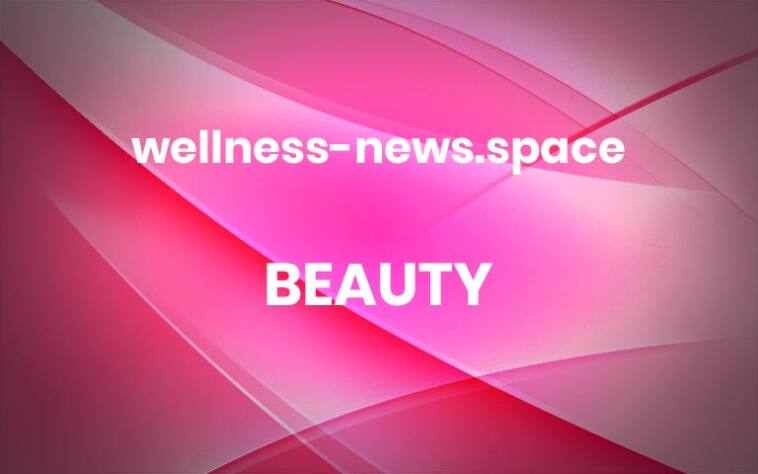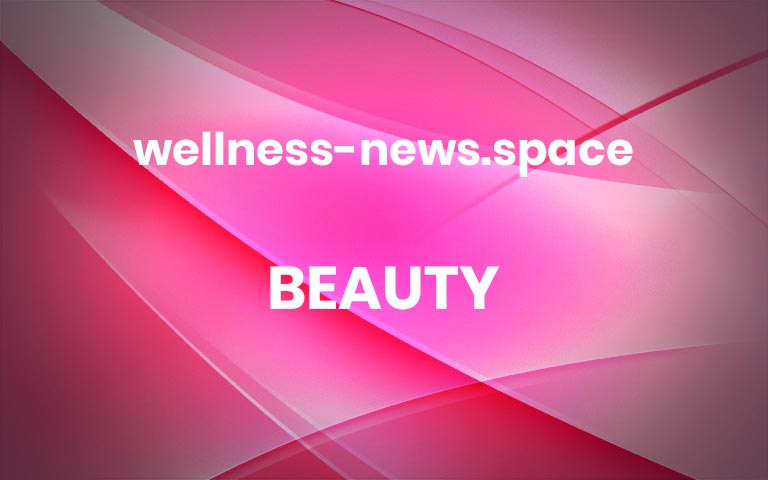Which Brands are Cruelty Free at SkinStore? Plus a Haul!
a.disclaimer-button {
font-family:arial,helvetica;
font-weight: normal;
font-size:8pt;
font-style:normal;background:#b5b5b5;color:#ffffff;padding: 2px 7px;} a.disclaimer-button:hover {background:#999999; color:#ffffff; }
If you’re familiar with SkinStore, you probably know them as the place to find great skincare. But, did you know they have makeup too? I was surprised to see it! SkinStore let me pick out some items to share with you, and I noticed they carry high-end, clean makeup like RMS, REN, Vapour Beauty and Inika, as well as more affordable makeup brands like Eyeko, Pixi Beauty and Revolution Beauty.
Before I go into the reviews, are you wondering which cruelty free brands are at SkinStore? This is not an exhaustive list (there are so many) but these are some of the more popular ones and some of my faves. You can see a complete list of all the brands they carry here. You can use my code BEAUTYBUNNY for 25% off your purchase at SkinStore.com (some brand exclusions apply).
Cruelty Free Brands at SkinStore:
AesopAHAVABeauty BlenderChantecailleCosMedixColorescienceDaily ConceptsDECIEMDERMAdoctorDermalogicaDr. HauschkaElemisEyekoFirst Aid BeautyGrande CosmeticsIlike Organic SkincareINIKA OrganicJan MariniJuice BeautyKORRESKevyn AucoinMuradNUDESTIXNCLAPerricone MDPaula’s ChoicePixi BeautyRevolution BeautyRMS BeautySkin AuthoritySkyn IcelandSigmaStila CosmeticsStriVectinSukiSunday RileyThe BalmTrilogyVapourAnd many more!
SkinStore Cruelty Free Beauty Product Reviews
Okay let’s get on to the reviews, shall we? I got a refill of one of my holy grail skincare items, and I picked out some cruelty free makeup goodies that I thought you guys would love.
StriVectin Tighten & Lift Peptight
Okay, let’s start with skincare! SkinStore has SO many great brands. I got a refill of my favorite face serum (that I use as a day and night cream), StriVectin Tighten & Lift Peptight. I was originally gifted this amazing face serum by the brand, and I posted a before and after here. I’ve continued to purchase it because it’s really amazing.
Peptight brightens and tightens the skin with peptides, Vitamin C-rich kakadu plum, ginger, licorice root, and a long list of other great skincare ingredients. I’ve definitely noticed my acne scars lightening as long as I’m consistent with this product. It also moisturizes nicely (it’s fairly thick – not like a typical thin serum) and doesn’t cause me to break out (which is a huge deal for me)! They also make a nice eye serum.
Vapour Beauty Lipstick – Chere
Let’s talk makeup! As I mentioned, SkinStore surprised me with the number of makeup brands they carry. I got Vapour Beauty’s cruelty free lipstick in Chere and I was not disappointed! This is a higher-end, clean beauty line, and the price tag is a bit on the higher side ($30). But, the quality is SO good, and I love that they use a lot of plant-based, organic, hydrating ingredients. The formula is highly pigmented, wears well, and feels good on the lips. The shade called Chere is sort of a peachy-mauve, and I am loving it! I don’t wear lipstick every day, so, for me, they last a very long time and the investment is worth it.
Grande Cosmetics Plumping Lipstick – Dulce de Leche
I picked out the Grande Cosmetics Plumping Lipstick in Dulce de Leche because it looked like an easy to wear lipstick that has the added benefits of a lip plumper. The website pics made it look more orange/coral and less brown. Maybe it’s my skin tone but it appears more brown on me. There are a couple of shades that I think would look better on me, but I do love the formula.
It DOES sting a tiny bit when you put it on, but that is mostly hidden by the pepperminty feeling. I am uber-sensitive and my lips are usually dry, which makes them even more sensitive. So I did notice a tingle, but it wasn’t bad at all and went away quickly. The swatch pic above looks matte, but it looked glossy on my lips and it felt very hydrating. I love that it has Tripeptide-38 which repairs and plumps skin, and has the potential for long-term skin benefits. I would definitely purchase another shade from this line.
INIKA Pressed Mineral Eyeshadow Duo – Black Sand
I tried the INIKA Pressed Mineral Eyeshadow Duo in Black Sand. I swatched them for you in the shade and in direct sunlight so you can see how the color changes in the light. I thought this would be a great little eyeshadow palette to do a quick all-over shimmer (up to the crease) and then to use the black/charcoal shade as a smoked-out eyeliner. For 2021, I’m going with quick and EASY when it comes to makeup! You could also use the black as a lid shade and put the shimmer in the middle or below the brow as a highlight. I love that this formula is mineral-based.
Revolution Beauty Colour Book Eyeshadow Palette CB04
I am such a fan of purples, mauves, and pinks. I could NOT resist picking up the Revolution Beauty Colour Book Eyeshadow Palette CB04. It’s a budget-friendly line (this giant palette is only $20). I did notice a lot of fall-out, but the pigmentation is great. I LOVE that there is a matte shade to match each shimmer shade! And there are SO many colors – a really great color story and range. I think some of the colors are pretty similar to each other, and maybe unnecessary. But that does allow you to create a perfect gradient if you have the patience to do so! The colors are just gorgeous and fun to work with. It seems like warm, earth tones have been all the rage for a long time now, so I was pretty excited to find this one!
See something you like? Use code BEAUTYBUNNY for 25% off your purchase at SkinStore.com! (Some brand exclusions apply.) More



